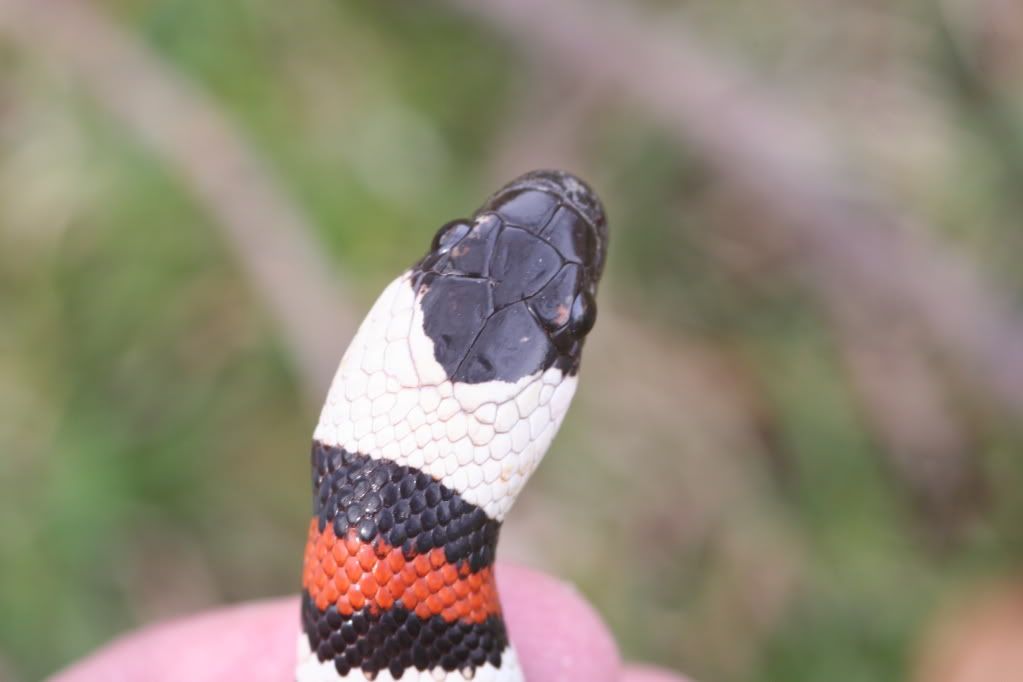Posted by:
JKruse
at Sat Apr 25 13:32:50 2009 [ Report Abuse ] [ Email Message ] [ Show All Posts by JKruse ]
Hiya Rick and fellow hair-splitter,
Simply stated, I agree that behavioral modification is at work when there is constant threat. A one time incident, likely not. However, let's take Mt. Laguna as an example. Pillaged and raped for decades. Given the limited expanse of some areas of outcrops that pulchra seem to almost solely occupy (as opposed to multicincta and multifasciata for example), the more human interruption occurs the more affected those populations seemingly will be. The poor buggers have not much further expanse, and inevitably (and maybe only Rick can more confidently say this) they may HAVE to utilize alternative means for shelter/brumation/oviposition/etc.etc. Granted, I have not spent much z time in the field, and in comparison to Rick, hardly any at all. BUT, behaviorally it makes sense. And not only behavior modification, which technically is subsequent to the following factor: imprinting. Largely at work with any species given the amount of stress. SO, shall we consider generationally how long it would take for the result of such stress to become innate? 7 generations? 10? No one really knows, and I don't think any university funding would last long to determine that answer. However it makes sense. Try smacking a dog a few times when he goes near you...and report back what happens. The same would be for a snake, maybe a little longer given the circumstances, but imprinting works almost the same whether it be Home sapien, Canus familiaris, or Lampropeltis zonata.
Time to go find a crack to crawl into and take siesta . . .

 " alt="Image"> " alt="Image">
-----
Jerry Kruse 
"Rrrighttttt . . ." -- Dr. Evil
[ Reply To This Message ] [ Subscribe to this Thread ] [ Hide Replies ]
|





